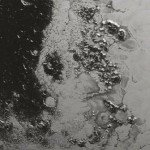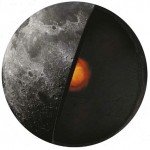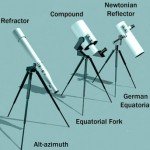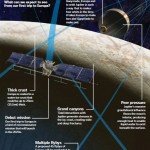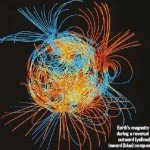Astronomers find volcanic planet 55 Cancri e
It’s perhaps the closest thing to Mordor ever discovered: researchers at the University of Cambridge have observed a planet so teeming with volcanic activity that it can swathe itself in great clouds of ash and smoke.
Using NASA’s Spitzer Space Telescope, the team recorded thermal emissions coming from the planet 55 Cancri e. These emissions swung between 1,000°C and 2,700°C over a two-year period.
55 Cancri e is a rocky exoplanet about twice the size and eight times the mass of Earth. The so-called ‘super Earth’ is found 40 light-years away, in the constellation of Cancer, and orbits so close to its parent star that a year lasts just 18 hours. The planet is tidally locked, so it doesn’t rotate like the Earth does – instead there’s a permanent ‘day’ side that receives all of the radiation from the star, and a ‘night’ side. Due to its relative proximity to Earth, 55 Cancri e is also among the best candidates for detailed observations of the surface and atmospheric conditions on rocky exoplanets.
“This is the first time we’ve seen such drastic changes in light emitted from an exoplanet, which is particularly remarkable for a super Earth,” said researcher Nikku Madhusudhan. “No signature of thermal emissions or surface activity has ever been detected for any other super Earth.”
Researchers believe this drastic change in thermal emissions could be due to intense volcanic activity on the surface spewing out huge volumes of gas and dust which sometimes blanket the planet, making it look like a great ball of ash.
“When we first identified this planet, the measurements supported a carbon-rich model,” said Madhusudhan. “But now we’re finding that those measurements are changing over time. The most recent observations open up a new chapter in our ability to study the conditions on rocky exoplanets using both current and next-generation large telescopes.” (Source: BBC Knowledge)



